Document_CDP: CDP Resources
CDP Resources
26 November 2018
CDP Policy Review No. 8 By Namsuk Kim The progress made for enabling LDCs to move toward graduation has not been successful enough. Fourteen countries have been able to meet the criteria for graduation during 2011-2020, only half way to meet the target ...
26 November 2018
CDP Policy Review No. 7 By Namsuk Kim This paper provides an overview on the interlinkage between Sustainable Development Goals (SDGs) achievement and Least Developed Country (LDC) graduation, by examining the relationship between the indicators to be ...
8 November 2018
The paper offers critical perspectives on the SDGs targets with a discussion on the economic challenges as well as the opportunities for trade and entrepreneurship.
25 July 2018
This paper aims to explain the politics that led to the term ‘leaving no one behind’ as a core theme of the 2030 Agenda.
12 July 2018
The paper analyses how countries addressed leaving no one behind, addressing trade-offs through policy integration and pursuing global partnership as means of implementation in the VNRs submitted in 2017.
5 July 2018
The paper examines globalization’s effects on those left behind in both industrial and emerging markets.
8 June 2018
This paper provides an overview of the conceptual and empirical issues involved in the overarching goal of “leaving no one behind”.
5 June 2018
This paper discusses examples of people not only being left behind but rather being pushed behind in all parts of the world.
21 May 2018
This paper examines one particular reading of the ideal of leaving no one behind, namely, that the very worst off should receive special, if not exclusive, priority.

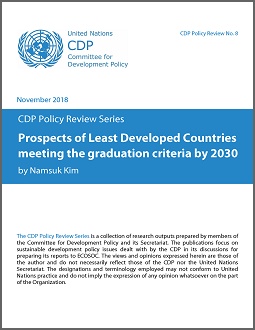
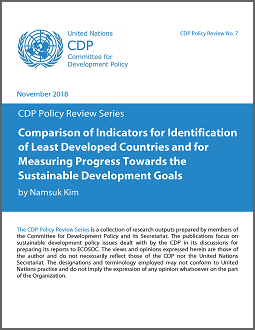


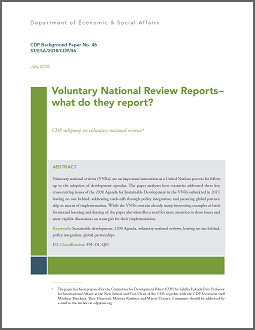
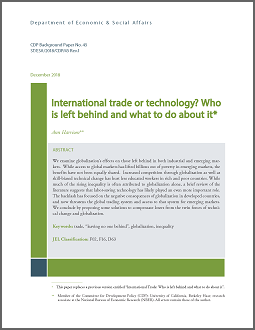





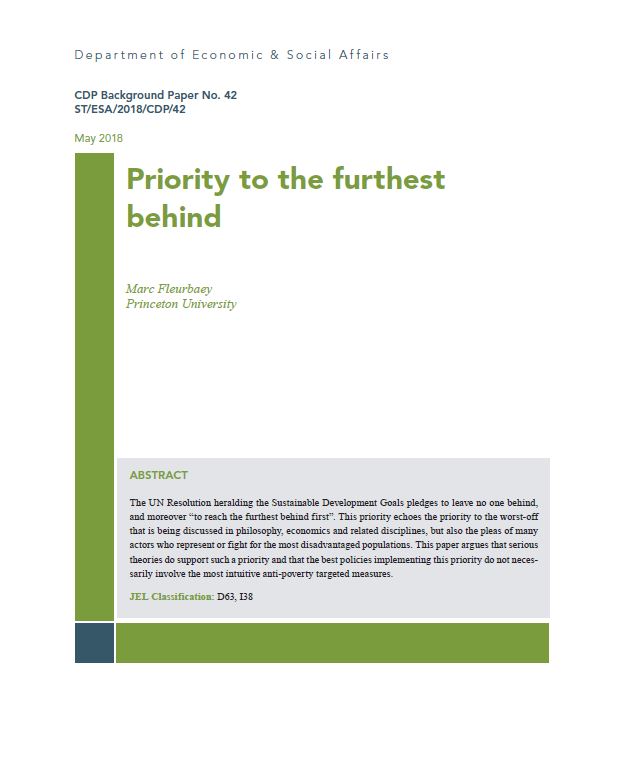
Follow Us